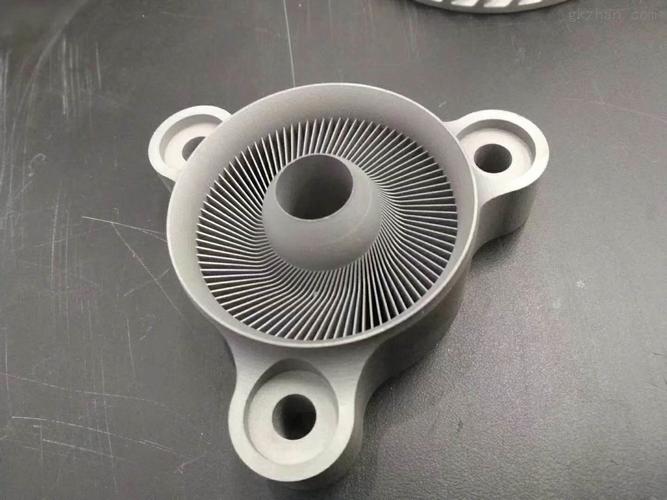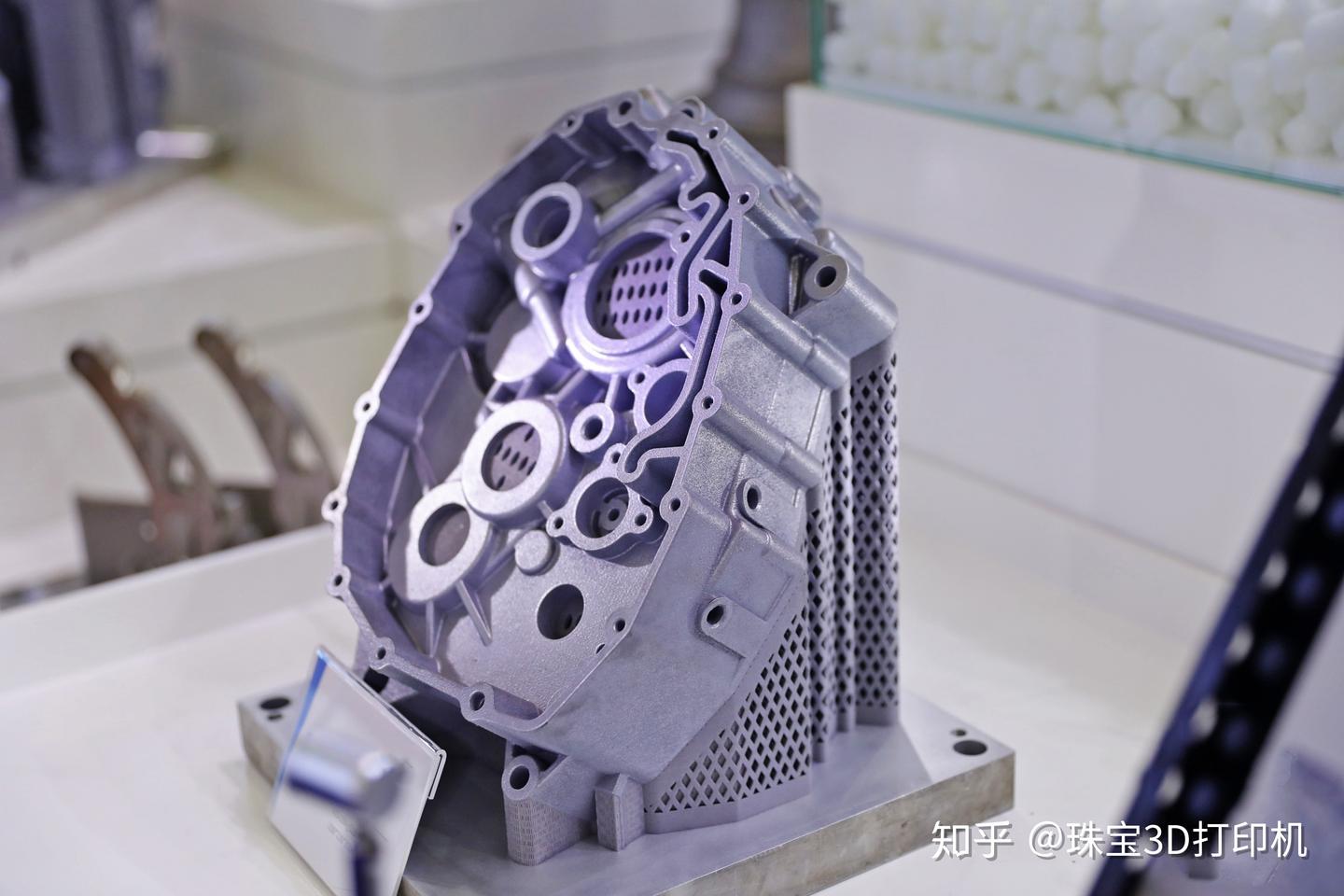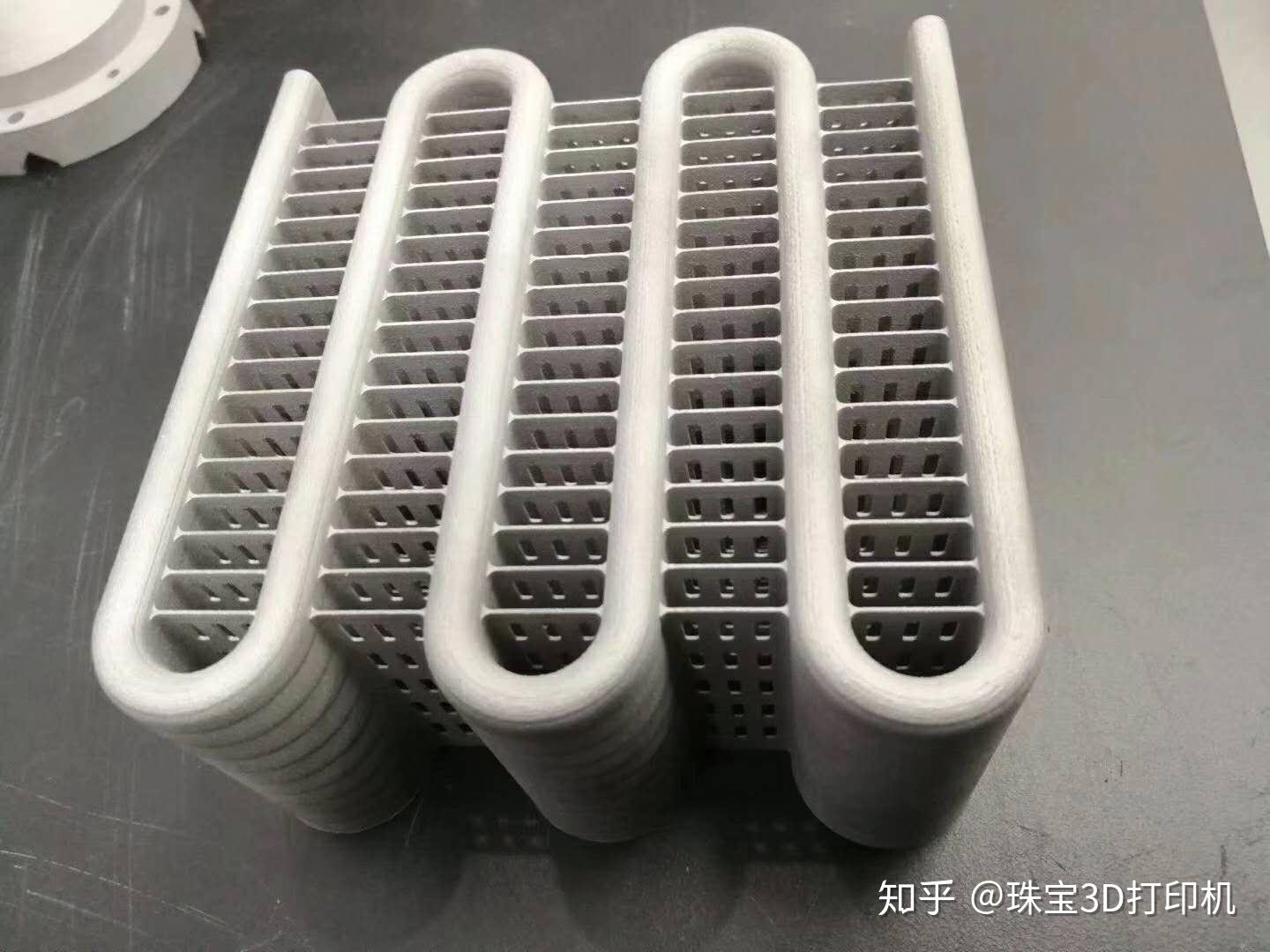SLM metal printing process
Release time:
Mar 28,2025
Source:
Selective Laser Melting (SLM) is one of today's exciting 3D printing technologies, usable forrapid prototypingand mass production. A fairly wide range of metal alloys are available. The end result has the same properties as those made with traditional manufacturing processes.
How does it work?
SLM isSLSvery similar, both processes falling under the powder bed fusion umbrella. The main difference lies in the type of feedstock or powder used. While SLS primarily uses nylon (PA) polymer materials, SLM is exclusively used for metals.
However, the basic process is the same. As shown in the diagram above, the laser sinters the powder together layer by layer until the model is complete.
However, there is one significant difference between SLM and SLS. Due to the limitations of the SLM process and the weight of the material, SLM requires support structures to be added to any overhanging features. This is unlike SLS, where the surrounding powder material can provide sufficient support, allowing for freeform shapes and features.

Detailed Process
The chamber of the SLM machine is filled with metal powder. This metal powder is then distributed across the substrate or build plate in very thin layers via a doctor blade.
A high-power laser then melts a 2D slice of the part by selectively melting the powdered material. The build plate then lowers one layer height, and then thedoctor bladespreads another layer of fresh powder finely across the surface. This process is repeated until the part is complete.

The whole process is performed in a controlled atmosphere inside the machine. Once the part is made, it can be removed from the machine. SLM parts need to be removed from the build plate, which is usually done using a band saw. You then need to remove the support structures. As the support material is the same as the part material, this can be difficult and time-consuming.
The surface finish of the sintered part is quite rough, and some post-processing may be required depending on your requirements. Machining the part to achieve goodtolerancesand finishing fine features, surfaces and holes is also common.
Advantages and Disadvantages of SLM
SLM is a good alternative to traditional manufacturing methods. This is shown by the advantages and disadvantages ofmodel generationby SLM, as opposed to traditional methods.
Advantages
· Wide selection of metals
· Ability to achieve complex shapes or internal features (difficult or expensive to achieve through traditional manufacturing)
· Reduced lead times due to no tooling required
· Part consolidation, allowing multiple parts to be produced simultaneously

Disadvantages
· Expensive, especially if the part is not optimized or designed for the process
· Specialized design and manufacturing skills and knowledge required
· Currently limited to relatively small parts
· Rough surface finish
· Requires significant post-processing

Future Trends
Despite the potential of SLM, it is only used in a few industries. This is mainly due to the high cost of equipment and parts, as well as the post-processing requirements. So far, useful industries include:
· Medical: Patient-specific implants and other high-value medical device components
· Automotive: Rapid prototyping and custom parts or low-volume high-value applications
· Aerospace: Air ducts and other parts
· Tooling: Conformal cooling channels in tooling blades
SLM is an exciting technology with many potential applications. As use cases grow, the technology matures, and the processes and materials become cheaper, we should see it becoming more widespread.
Previous
Previous
Other Content
2025-08-10



